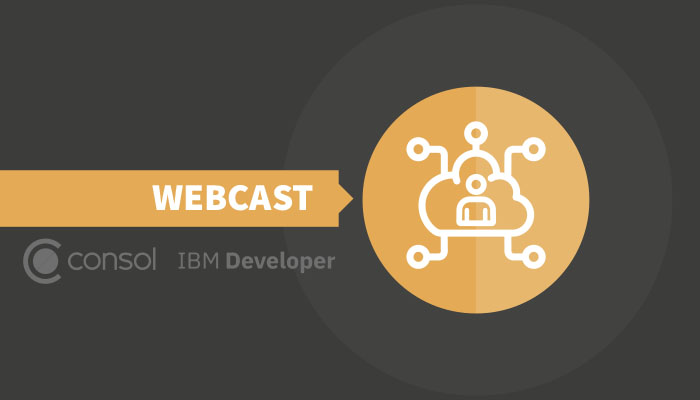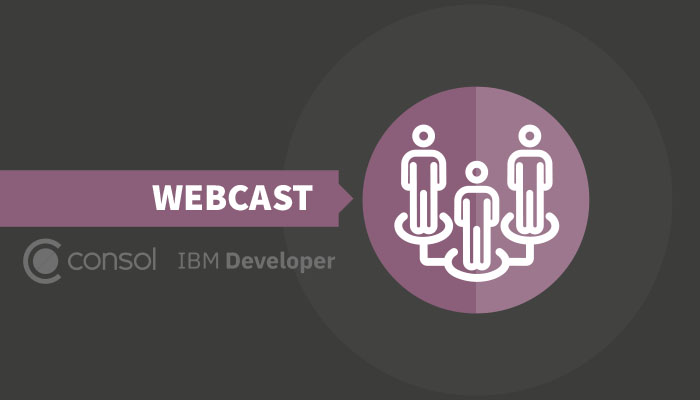Quarkus Workshops: IT training & practical know-how from experts
Java was developed as the first platform-independent language and it did set new standards: with the JVM, as preferred platform for Android development or with standards like Java EE. Modern technologies like cloud computing, microservices und containerization though present Java with new challenges.
Because the Java language originally had been designed for server-based computer programs and therefor was not optimized for the cloud. This becomes apparent in comparisons with other languages like Node.js or Go.

If you're familiar with Java and want to make your code cloud-ready with Quarkus, our training sessions will equip you and your team with the necessary expertise to successfully implement Quarkus applications.
Christoph Ehlers
Head of Custom IT Solutions
Quarkus is a cloud-native Red Hat stack for for developing web applications, based on Jakarta EE and MicroProfile standards. Compared with an application developed using common competitor products, a Quarkus application provides a much shorter start time and significantly lower memory requirements, a great advantage especially in serverless computing environments.
Quarkus also pursues the "container first" approach. These qualities make Quarkus an excellent choice for use in cloud and container environments.
| Classic Java Webframe Works or Application Server | Quarkus |
|---|---|
| memory demanding | minimal memory requirements |
| long start time | very short start time |
| not well suited for serverless computing | excellent for serverless computingexzellent |
| needs JVM | natively compilable with GraalVM |
| Σ does not support use in cloud, partially impedes use | Σ ideal for use in the cloud |

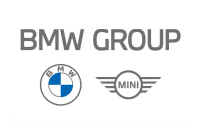
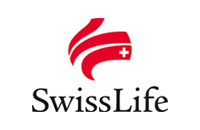
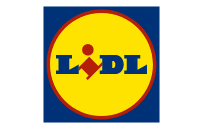
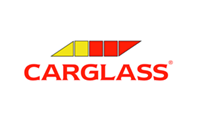
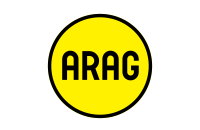

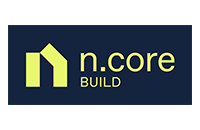

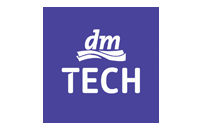

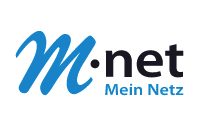
More than
200 customers
trust ConSol
for their
IT & Software
Quarkus Improves your Business
If Java code meets certain requirements, it can be compiled into a native application via GraalVM. This way the native application is starting up to 30 times faster, the application’s memory requirements drops to about a tenth of the traditional cloud-native stack.
If a native compilation is wanted, not every library can be integrated into a Quarkus application. Yet Quarkus provides a rich ecosystem of libraries supporting native compilation – maintained by Red Hat as well as by the community. This includes libraries like undertow, RESTEasy and Hibernate ORM. There are also Quarkus specific features that simplify the developing of and with Quarkus applications like:
- Integration with Maven and Gradle
- Command-Line-Tooling for Management Quarkus specific dependencies
- Targets for creating a native application
- Powerful development mode for quick feedback during development
- Testing with JUnit5 and Rest Assured
- Testing of native applications
Interested? Discover the future of cloud native Java applications - today!
Quarkus Workshops: From Testing to Productive Deployment
Trial Course, Deep Dive & Support During the First Days of Development
While some libraries and features are standardized or their use is known from other stacks, other libraries are Quarkus-specific. They also have to be correctly integrated into the application. In order to enable you and your team to do that and to train you for the development of Quarkus applications as well as for productive use, we offer the following workshops:
1 Day: Quarkus Basic Features at a Glance
- Setting up a small REST application from scratch
- Configuring the application with regard to cloud native deployments
- Linking a persistence layer in the form of a relational database
- User authentication via JWT tokens, including the basic configuration of a Keycloak server
- Native compiling of the application
- Developing Unit Tests
- Containerizing the application
3 Days: In-depth knowledge of individual Quarkus segments
- Setting up a multi module project with Maven
- Creating an own docker image
- Health & readiness checks, implementing custom checks
- MicroProfile Metrics
- @Counted, @Timed, @Gauge, @Metered
- Histogramme
- MicroProfile Fault Tolerance
- @Retry, @Timeout, @Fallback
- Circuit Breaker
- Consuming REST-APIs with MicroProfile REST client
- MicroProfile OpenTracing
- Integrating Jaeger
- Configuring request independent spans
- Hibernate and Panache: differences, common features
- Integrating messaging systems (JMS & Kafka)
- Integrating Apache Camel Mutiny for reactive programming
We support you and your team during the first five days of development. We coach you and are available for questions and bug fixes, this way you achieve the best possible results with Quarkus.
Tip: Basically, the levels build on each other but can also be booked separately, depending on the level of knowledge in your company.
Important Quarkus & Java terms
Any Questions about Quarkus Workshops?

Let's talk!
Judith Bato








 Openshift Consulting
Openshift Consulting
 Open Source Monitoring
Open Source Monitoring
 Integration-Testing
Integration-Testing







